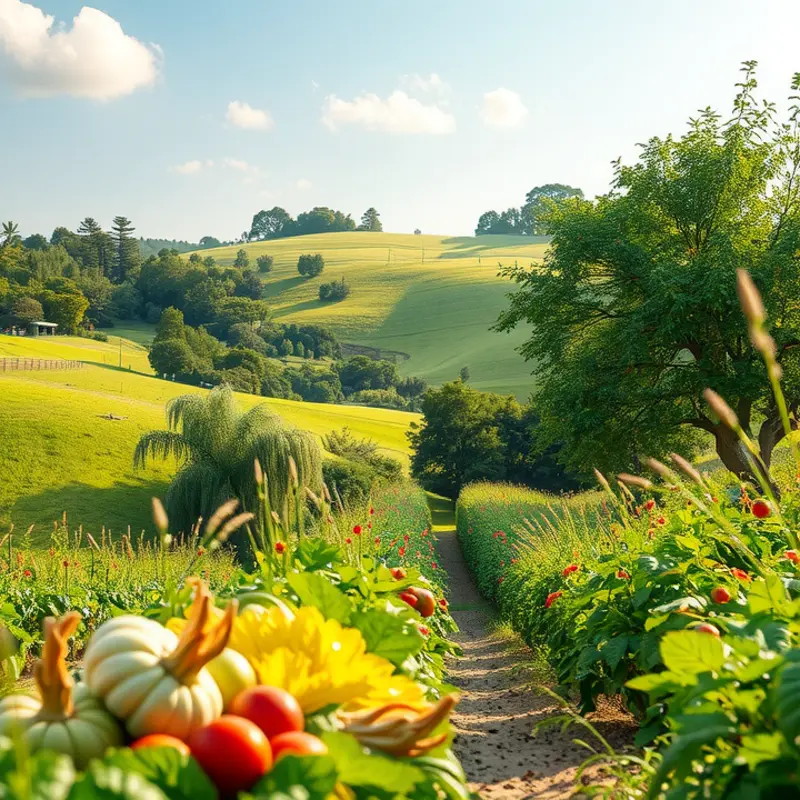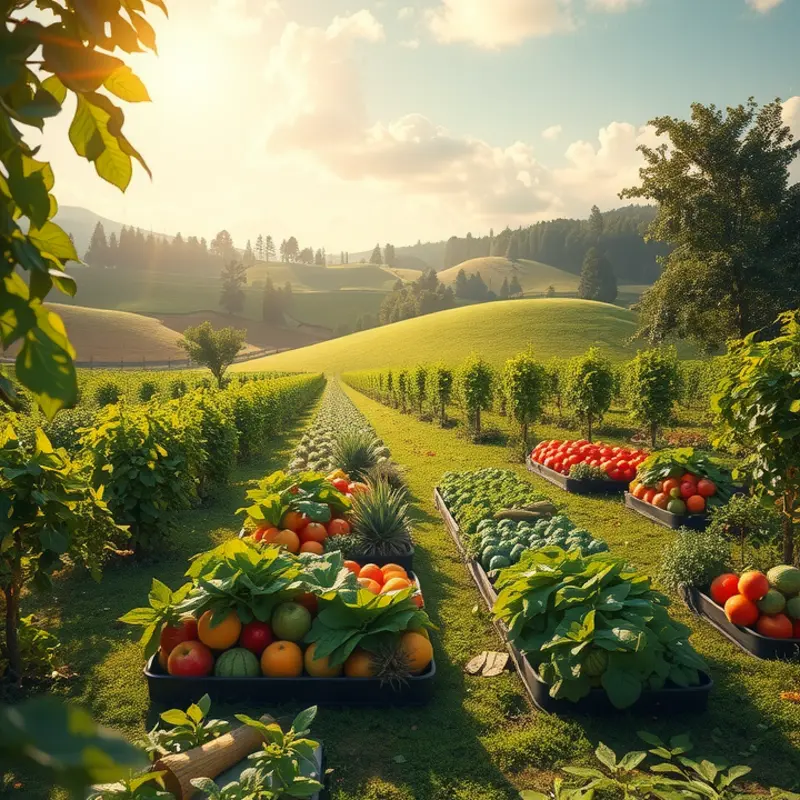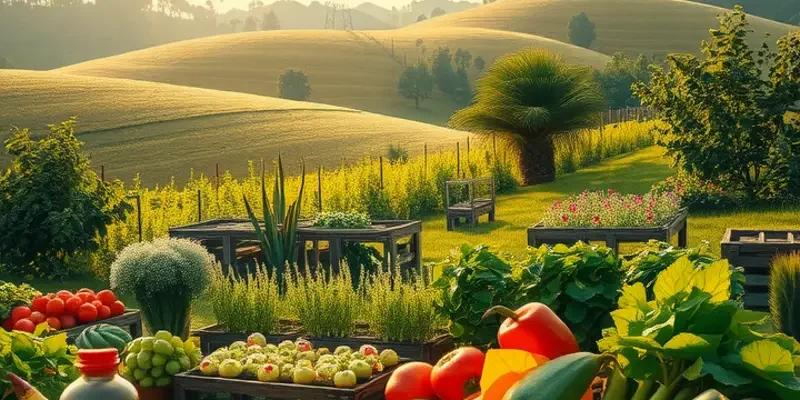Fruits and vegetables are fundamental components of a balanced diet, but they are also notoriously perishable. Learning to store them correctly can prolong their freshness and minimize waste. By implementing simple techniques and strategies, you can ensure your produce stays delicious and nutritious. This guide delves into straightforward tips for safe food storage that benefits both your health and the environment.
Optimal Storage Techniques for Fruits and Vegetables

Understanding the optimal storage techniques for fruits and vegetables can dramatically reduce spoilage and maximize their shelf life. By grasping the nuances of temperature, humidity, and container usage, you can enjoy fresher produce for longer periods.
Temperature and Humidity: The Essential Duo
Did you know that temperature and humidity play a critical role in the preservation of fruits and vegetables? Most vegetables like broccoli, leafy greens, and carrots thrive best in high humidity environments, ideally at a temperature just above freezing, around 32-40°F (0-4°C). This helps in keeping the moisture content intact.
In contrast, many fruits such as tomatoes, avocados, and peppers prefer a slightly warmer environment with moderate humidity levels. These fruits can last longer at temperatures between 45-50°F (7-10°C), making the crisper drawer an excellent option for their storage. Note that storing bananas and citrus fruits at room temperature can enhance their flavor while preventing premature spoilage.
The Role of Ethylene Gas
Some fruits, like apples and bananas, emit ethylene gas, which accelerates ripening. It’s crucial to store ethylene-producing fruits separately from sensitive vegetables like cucumbers and leafy greens to avoid premature rotting. For a more detailed discussion on how specific foods can impact each other’s longevity, consider exploring an informative resource.
Containers Matter
The choice of containers is also vital. Use breathable bags for vegetables like mushrooms and gently wrap greens in a paper towel within airtight containers to trap necessary moisture without causing rot. Mesh bags are excellent for potatoes and onions as they allow air circulation, preventing mold.
Special Considerations
Here’s a quick tip for root vegetables such as carrots and beets: cut off their leafy tops before storage. This step helps prevent moisture loss and keeps them fresh longer. Meanwhile, herbs like cilantro and parsley thrive when stored upright in a jar with a small amount of water, much like a bouquet.
When planning meals, consider freezing fruits and vegetables approaching their prime. Freezing preserves nutrients and reduces waste, allowing you to enjoy seasonal favorites year-round.
Mastering these storage techniques can significantly impact your kitchen efficiency and reduce food waste. By understanding how different produce items should be stored, you’ll develop a more organized and fruitful food management strategy.
Practical Tips to Maximize Freshness and Minimize Waste

Keeping fruits and vegetables fresh while minimizing waste starts with smart purchasing. Begin by planning meals for the week and making a list of the necessary ingredients. Stick to this list to avoid impulse buys that may lead to waste. Think about the shelf life of produce, prioritizing items that tend to spoil quickly, like berries and leafy greens.
Once home, proper storage is essential. Store fruits and vegetables separately, as some fruits emit ethylene gas which can speed up the ripening process of nearby produce. Leafy greens last longer when washed, dried, and stored in a breathable bag in the refrigerator. Root vegetables like potatoes and onions prefer a cool, dark place outside the fridge.
Rotating your stock is crucial. Use the “first in, first out” method to ensure older items are used first. Use clear produce containers or baskets to easily see what needs to be used soon. Meal prepping can greatly aid in this, as it ensures you are actively using your ingredients. Start with simple recipes like a vibrant Mediterranean chickpea salad, which can utilize various fresh ingredients at their peak. Explore delicious preparations through this Mediterranean chickpea salad—a burst of freshness recipe.
When it comes to leftovers or approaching-expiry produce, think creatively. Leftover vegetables can be blended into soups or sauces. Slightly overripe fruits are perfect for smoothies, baked goods, or even homemade jams. Freezing is a powerful tool to extend produce life. Chop and blanch vegetables before freezing to preserve flavor and texture.
Don’t shy away from repurposing fruits and vegetables showing signs of decay. Transform soft tomatoes into a rich sauce or blend wilting spinach into a nutritious pesto. Carrot tops, which are often discarded, can be turned into a zesty chimichurri.
Finally, compost any scraps you cannot use. Even in small spaces, composting provides a sustainable option that reduces the amount sent to landfills and enriches soil. By making smart buying decisions, storing food properly, and being imaginative with excess produce, you can effectively reduce waste and keep your kitchen stocked with fresh products.
Final words
Implementing effective storage techniques and proactive waste management can significantly improve the longevity of your fruits and vegetables. By knowing the ideal conditions for each type of produce and finding creative uses for what might otherwise spoil, you not only save money but also reduce your environmental impact. Start practicing these strategies today, and experience the benefits of fresh, vibrant produce in your meals while minimizing waste in your kitchen. Remember, every small effort counts toward a more sustainable way of living.







